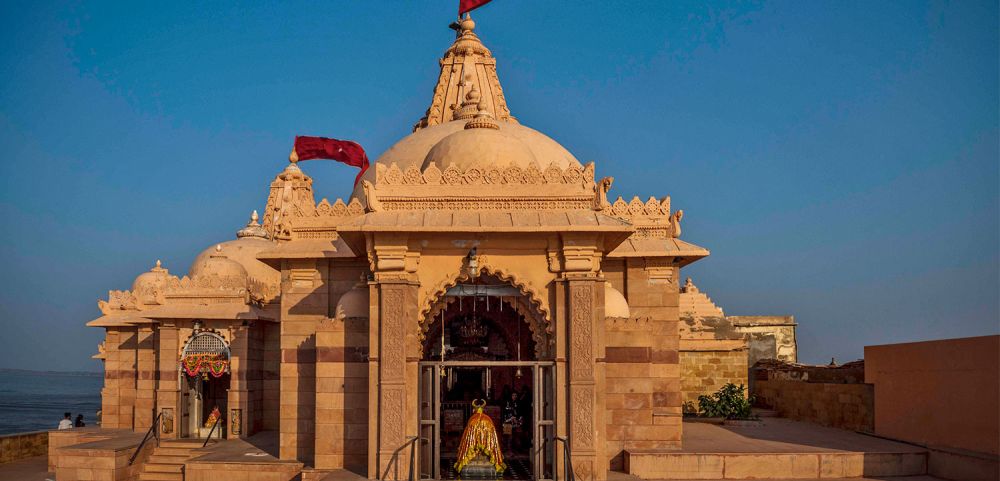

The history of tourism related to the Koteshwar Temple in Kutch, Gujarat, is intricately linked to its religious significance and ancient heritage. Lying on the westernmost tip of India, this sacred site has been a beacon of spirituality for countless pilgrims through the ages. The temple is dedicated to Lord Shiva and holds immense importance in Hindu mythology.
The origin of Koteshwar Temple is shrouded in myths and legends that date back to the Puranic era. The temple is mentioned in the ancient scriptures, attracting devotees for thousands of years. It is believed that the Koteshwar Shiva is the last manifestation of Shiva on land before disappearing into the Arabian sea. The temple is also associated with the story of Ravana, who is said to have performed penance here to please Lord Shiva and receive the Atmalinga.
Over the years, the remote location and difficult terrain of Kutch made access challenging for tourists. However, the tourism industry began to thrive as infrastructure improved. The Government of Gujarat recognized the potential and undertook several initiatives to promote Kutch as a tourist destination, highlighting the Koteshwar Temple as a key attraction.
The temple and its surroundings have seen significant development in the past few decades, with better roads, improved accommodation facilities, and conservation efforts to preserve the ancient heritage of the site. It now features amenities that cater to the needs of modern tourists while maintaining the sanctity and historical essence of the pilgrimage.
Major festivals such as Maha Shivratri witness a surge in tourist arrivals, with thousands of pilgrims flocking to offer prayers and seek blessings at the historic temple. The temple also forms the concluding point of a pilgrimage that traditionally begins at the Pirotan Island further up the coast.
In recent years, spiritual tourism combined with an interest in historical and cultural heritage has gained momentum. Tourists are increasingly seeking experiences that transcend mere sightseeing. To cater to this trend, the region around Koteshwar offers cultural immersion experiences, nature exploration, and opportunities to witness local crafts and traditions, adding layers to the pilgrimage tourism.
The authorities and local communities are taking steps towards sustainable tourism practices to ensure that the growth of tourism does not adversely affect the sanctity of the temple or the environment. Efforts are being made to involve local communities in tourism-related activities, thereby fostering economic benefits and preserving the region's unique culture.
Today, the Koteshwar Temple stands not only as a spiritual center but also as a testament to the resilience and enduring appeal of India's religious sites. It showcases the confluence of devotion, history, and the dynamic nature of tourism, continuing to draw visitors from around the globe in search of peace, solace, and historical enrichment.
Whether pilgrims are searching for enlightenment, or tourists are exploring the heritage of India, the Koteshwar Temple of Kutch remains a beacon of timeless appeal—one that promises to grow with each passing year as it welcomes new generations of visitors to its hallowed grounds.